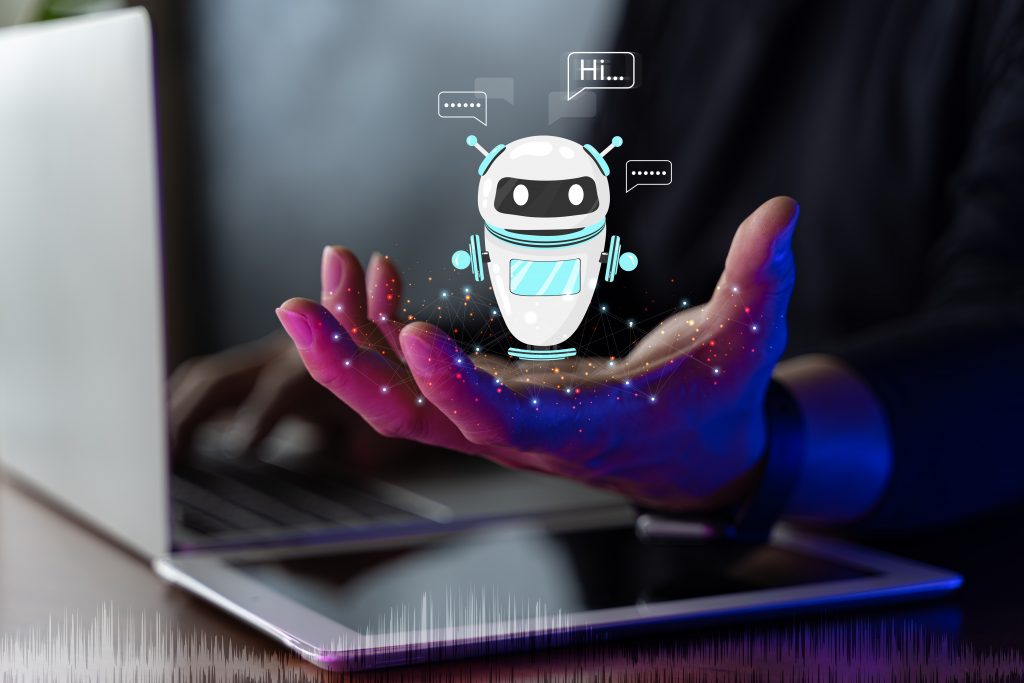Automation is revolutionizing the way companies work, transforming customer service and internal processes, and making AI chatbots an essential tool. However, many businesses hesitate to launch such projects, fearing they will need massive amounts of data to build an efficient conversational agent. The good news is that it is entirely possible to design an effective AI chatbot even with limited data, provided you adopt a smart and targeted strategy.
How can you create and train an AI chatbot with limited data that improves user experience, automates repetitive tasks, and aligns perfectly with your business objectives?
- Choose a Narrow and Well-Defined Application Domain
One of the most common mistakes when building a chatbot is trying to do too much. With limited data, it is better to aim for accuracy rather than versatility, by focusing on a very specific use case, such as appointment scheduling, order tracking, or an FAQ.
Example: An SME in the medical sector built a chatbot specialized in managing appointments. With only a few hundred dialogue samples, the chatbot was able to understand the most frequent requests and respond smoothly, significantly reducing the workload of its reception staff. - Leverage Transfer Learning and Pretrained Models
It is not necessary to start from scratch when training an AI chatbot. Thanks to transfer learning, you can rely on language models already pretrained by AI leaders such as OpenAI, Google, or Meta, and adapt them to your specific needs with a small dataset.
This approach offers several key advantages:
- Much faster implementation
- Better natural language understanding, since the model has already been exposed to billions of texts
- Significant reduction in development costs
By combining pretrained models with automatically generated synthetic datasets (e.g., reformulations or variations of dialogues), you can expand coverage without collecting thousands of real exchanges.
- Use User Feedback to Refine Learning
An AI chatbot is never “finished” at launch. It is a living system that improves continuously through real user interactions. By integrating a feedback collection mechanism, such as ratings after interactions or a simple “this doesn’t answer my question” button, you gain valuable data to optimize and fine-tune responses.
Example: An e-commerce company implemented a chatbot for after-sales service. By analyzing negative feedback, it was able to adjust misinterpreted intents and enrich its database with unexpected phrasing, without requiring a massive initial dataset. - Design Guided Conversational Scenarios
When data is scarce, an effective tactic is to structure the conversation. By offering response options via buttons or drop-down menus, or by designing pre-written scenarios, you reduce the linguistic complexity the chatbot must handle. This ensures a smooth, user-friendly experience while limiting interpretation errors.
This approach is especially useful in fields where precision is critical, such as banking or insurance.
A high-performing AI chatbot does not necessarily depend on a huge dataset. By combining specialization, pretrained models, user feedback, and guided conversations, it is entirely possible to build an intelligent, efficient assistant that is perfectly aligned with your users’ needs.
Discover our custom AI chatbot solutions designed to help you automate processes and deliver a smooth user experience, even with limited data.






